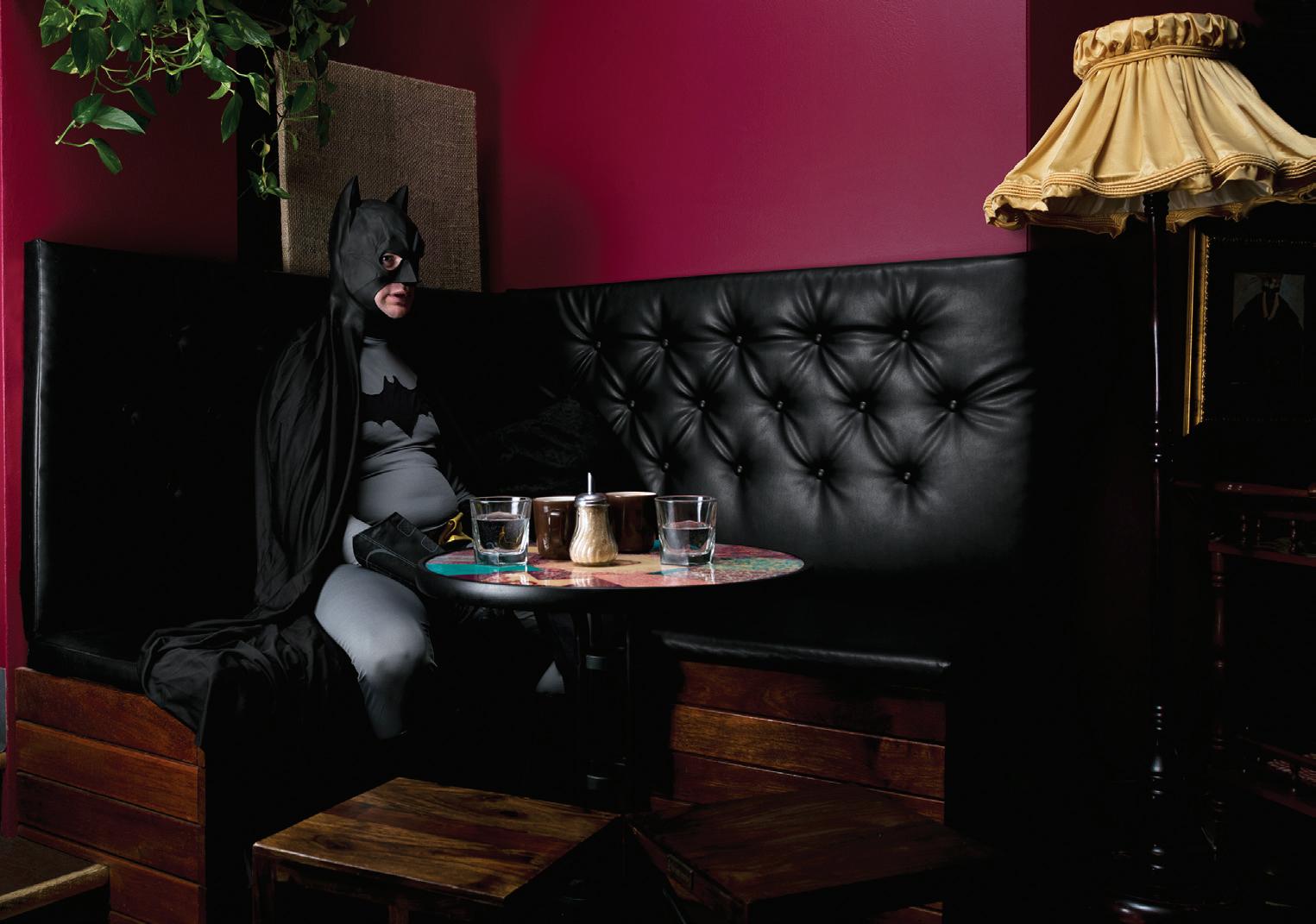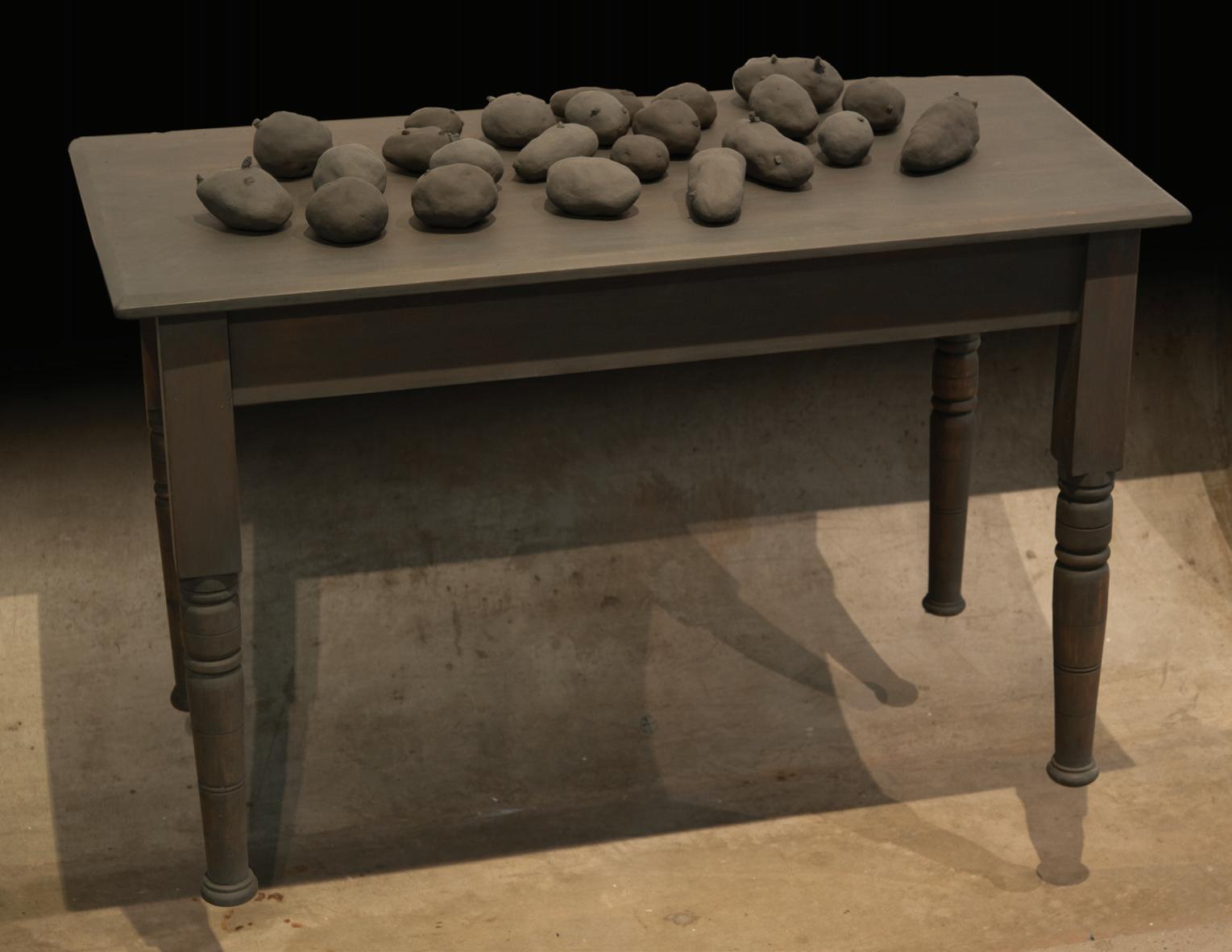
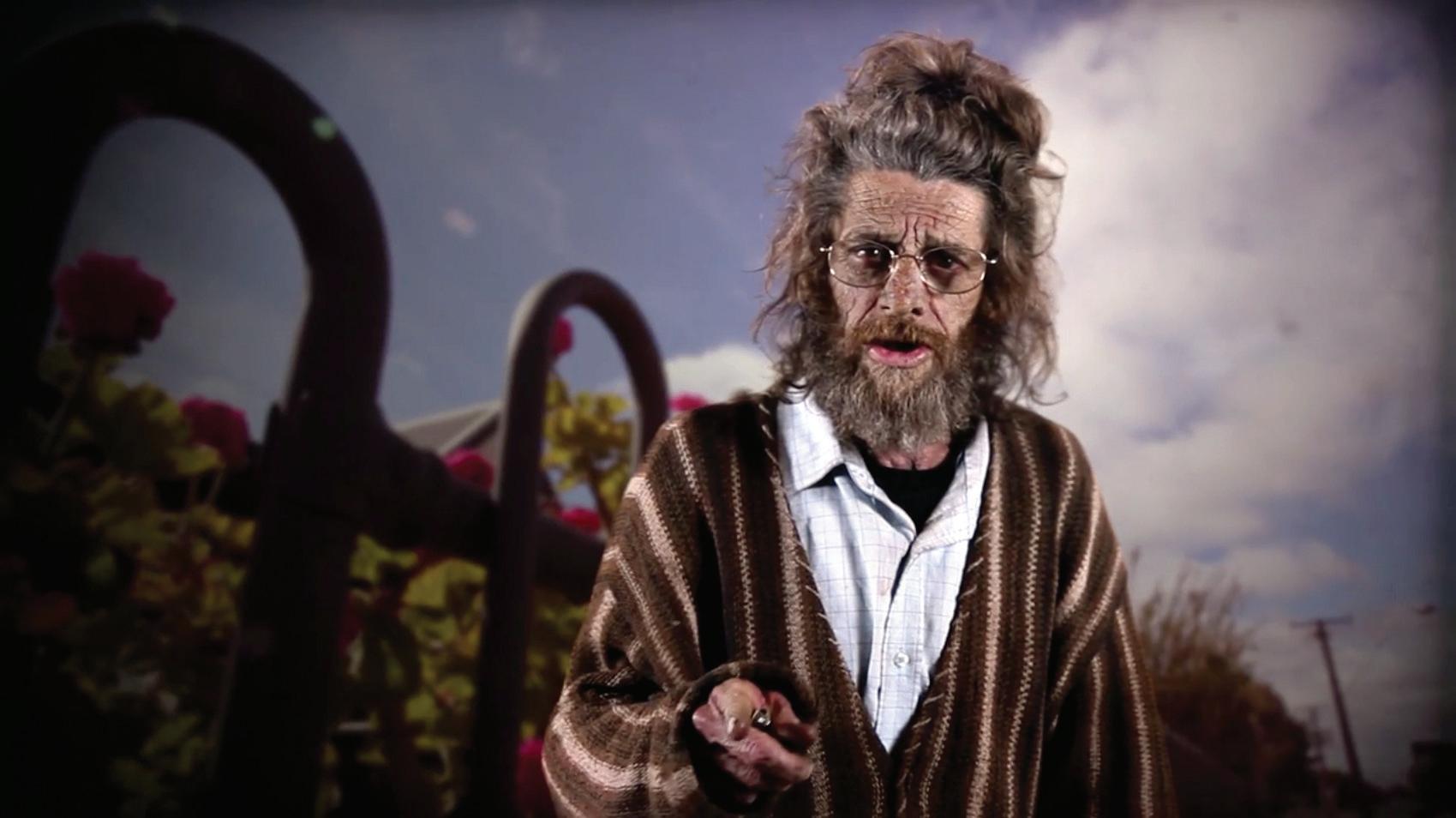
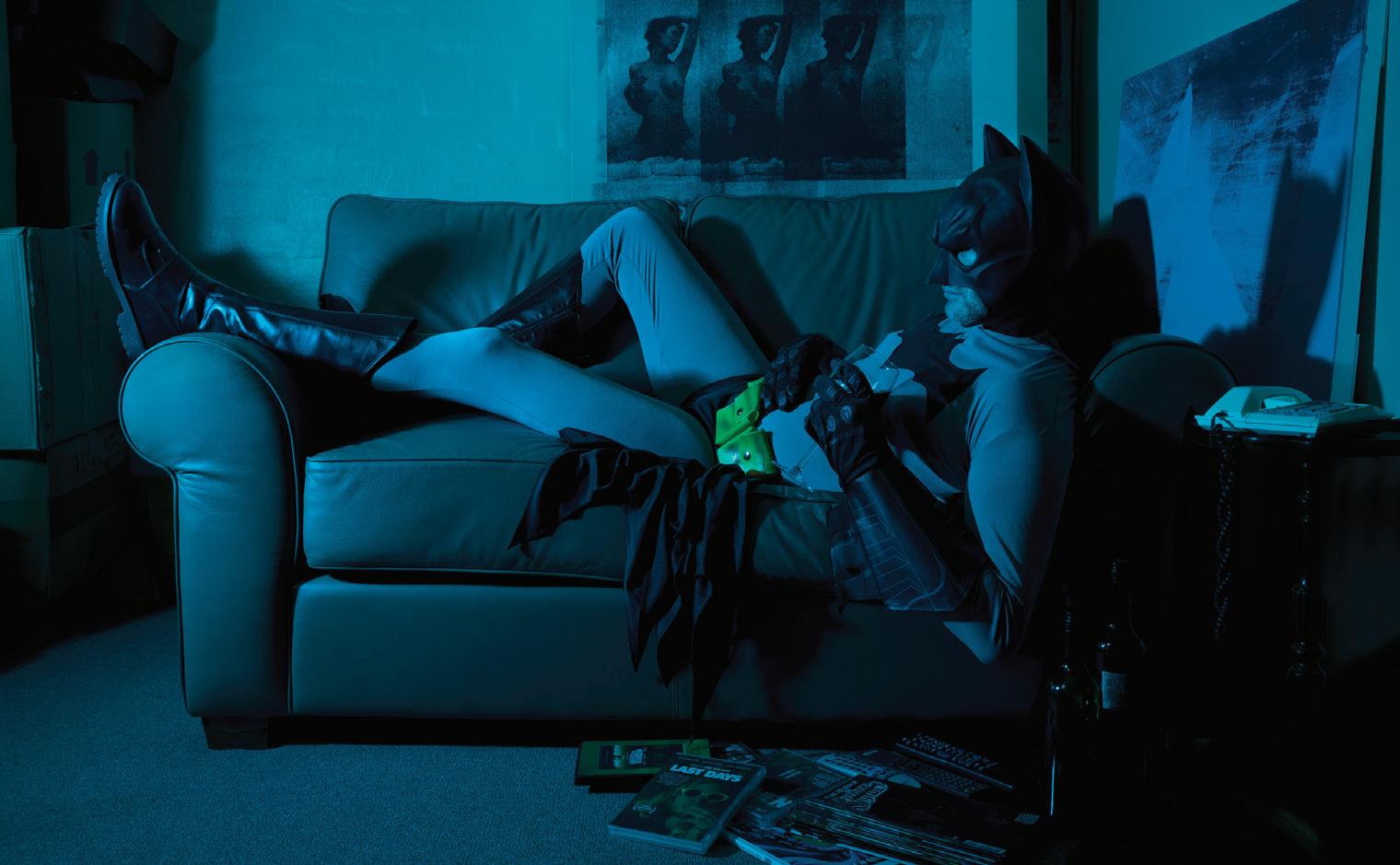
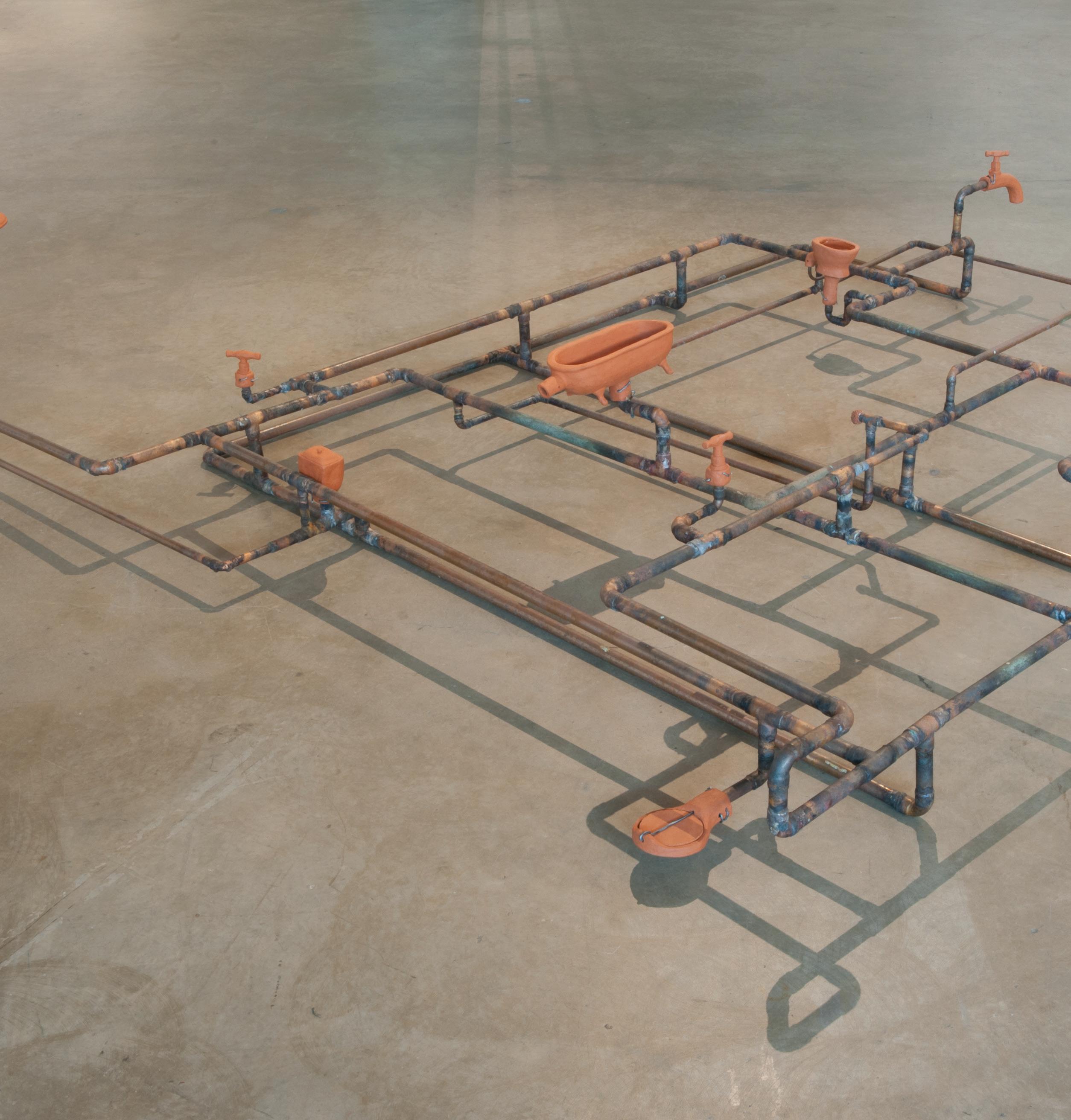

ALDO IACOBELLI
In the Shadow of Forgetting
Aldo Iacobelli’s work draws broadly upon personal experience. My days (2011-13) for instance, consists of 224 mixed media drawings in recycled frames. For Iacobelli these works are a form of visual diary, representing the processes of thinking that drive his work on a daily basis. He is particularly interested in memory, those recollections stored in the mind and often completely forgotten – until something arouses their return. For Iacobelli, Montedidio, a book by Neaoplitan writer Erri De Luca, evoked a torrent of potent memories of growing up in Naples during the 1960s inspiring his series of six pencil and smoke drawings Neapolitan Souls (2012).
Literature and art play a strong role in Iacobelli’s practice, which explores not only personal memories but also the impact of stories told by other artists and writers. Reflecting on Frau Weinreb (2012) focuses on Elias Canetti’s true account of an encounter with elderly widow Frau Weinreb who sniffed and licked the portraits of her late husband at night. As a way of coming to terms with this strange yet fascinating act, Iacobelli produced four graphite drawings of tongues. Similarly A tale from the Lower South East of South Australia (2012) reflects upon A Single Sound, an unpublished novella by Linda Marie Walker revolving around the suicide of a young man in Mount Gambier – drawings that respond to the youthful memories of another artist and writer.
Works such as Shadow (2012) take a different direction although the influence of other artists, in this case Vincent Van Gogh, is also at play. Based on the Potato Eaters (1885) Iacobelli’s handmade terracotta potatoes on a wooden table create an atmospheric response to the lives of working poor, but proud, labourers. Often positioned nearby his large painting of a lace doily entitled The Potato Eaters (2012) sits on ceramic potato flasks. These flasks, used by Scottish and Irish migrants to conceal their drinking on the job connects this work to Australia and the practice of lace making by poor farmers reveals the pride and care taken in cultural crafts by the lower echelons of society.
Iacobelli’s sculptural pieces such as Birdbath (2013) and Birdbath de luxe (2013) are designed to command the gallery space, to challenge infrastructure that is required to build spaces. In keeping with the other works in this exhibition he asks the audience to concentrate on the detail of what we experience on a daily basis, to look at the world through the eyes of an artist who has spent a lifetime in the act of observation and revelation.
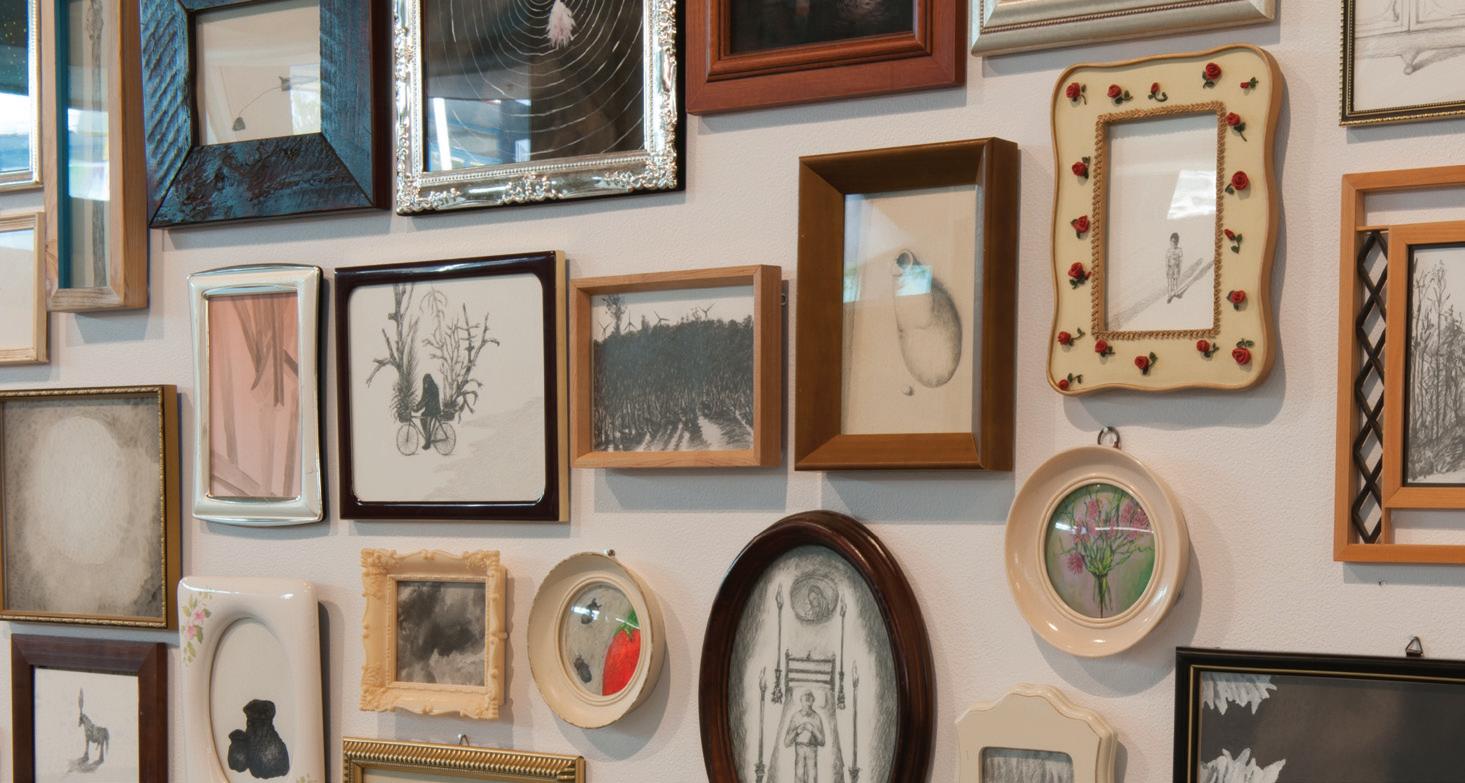
DEAN BUTTERS
Batman & Robin
Through the tropes of Batman & Robin Dean Butters’ portraits examine ideas of protracted adolescence and social disconnection. The series looks at the relationships he develops, and the repeating patterns that they form.
In essence, Robin is replaceable. He undertakes a role for Batman that he will either outgrow or die fulfilling. Then, following a period of mourning, Batman will inevitably replace him, filling the hole that his absence has left. At its core, it is a poignant yet bleak meditation on the cyclical effects of childhood tragedy and one’s inability to move beyond such traumas.
Batman & Robin represents the heroic ideas of childhood and adolescence dashed against feelings of an unfulfilled life, one that lacks the sense of certainty we once dreamed of as children. Like Peter Pan’s choice to never grow-up, this work is about being unstuck in a world that has moved on around you.
Pop culture and appropriation are enduring themes throughout Butters’ work. Both are used to examine the influences of fiction on the creation and representation of the self. Fictional characters and appropriated imagery become deconstructive tools, that speak to the universality of such imagery, while also questioning the freedom that they ultimately provide to our identities and self-definition.
Who we are is fundamentally bound up in the fictions and stories that we consume, however, in seeking moments of weakness, isolation and self-destruction, these works ultimately talk about the failure of identity.
GRAHAM SORRELLE Sorrellism
Graham Sorrell is an artist, poet and cameleer. While the latter vocation might come as a surprise, the lines on Graham’s face tell his story like camel tracks across a rugged desert. Working almost entirely with metaphors the camel looms large in Sorrell’s oeuvre. In his photo series The Camels, Sorrell is camouflaged, lost amongst the ships of desert reflecting an affinity with creatures who experience the struggle for survival in the harshest of environments. Camels may not be endemic to Australia’s arid wilderness and yet they thrive, as if they always belonged.
Man, myth and movement; Graham’s birthright is Sorrellism The only similarity with surrealism, upon which this suspect pun is based, is its relation to the dark side of dreams and his view of landscape as a state of mind. Not quite abstract, Sorrell’s painted country is bleak, highlighting feelings of isolation, alienation and dread. It is a world in sienna, literally coloured by the coffee he uses as a versatile medium and metaphor.
Sorrellism follows Graham’s personal journey and captures the essence of places he has been, and seen. Across these experiential landscapes we see a monochromatic image of a toddler, innocent and naïve, embedded in the vast unknown for which life provides no map. The image of the “lost” child, so ubiquitous in Australian painting, fiction and pop mythology is given a very personal workout in Sorrellism No stranger to the confessional Sorrelle’s work is relentlessly self-reflective and reveals his sense of vulnerability and powerlessness – the result of what he sees as an inability to overcome the multifarious obstacles thrown on life’s path.
David Broker, May 2014
